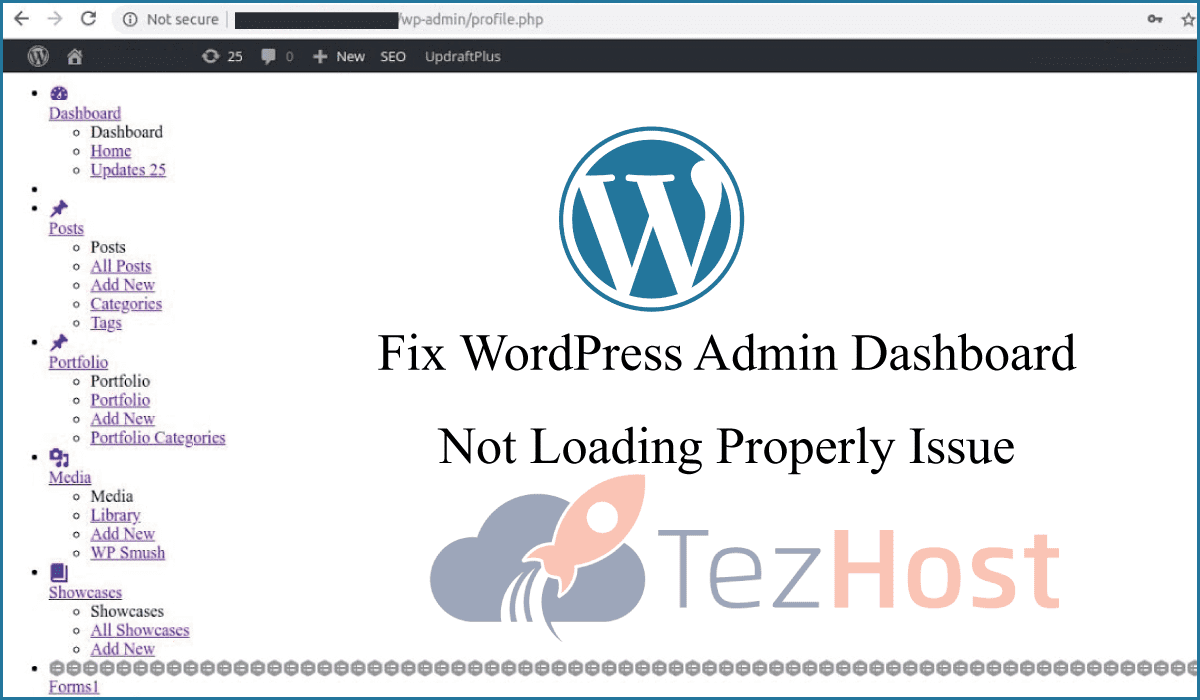
How to Create WordPress Website in Pakistan
In today s digital age having a website is essential for establishing an online presence whether for Read More ⤅
3 Methods to Install WordPress
WordPress is the most popular Content Management System CMS in the world and for good reason It 8217 Read More ⤅
What is WordPress Hosting
Are you looking to create a website using WordPress but unsure about hosting options Navigating the Read More ⤅
Popular Website Builders That Will Last Till 2035
Ever wondered which website builders will still be around in 2035 In the rapidly evolving digital la Read More ⤅
Ways to Increase Your Affiliate Marketing Revenue
Affiliate marketing is one of the ways of making money online by advertising products and services t Read More ⤅
Check Who Owns a Domain
Ever wondered who owns your favorite website Knowing the ownership of a domain can be crucial for va Read More ⤅
Ways to Fix WordPress Admin Dashboard not loading Properly issue
The WordPress Admin Dashboard serves as the command center for website management offering a central Read More ⤅
Sales tax on Web Hosting in Pakistan
Web hosting is classified under IT and IT related services which are subject to a 5 general sales ta Read More ⤅
